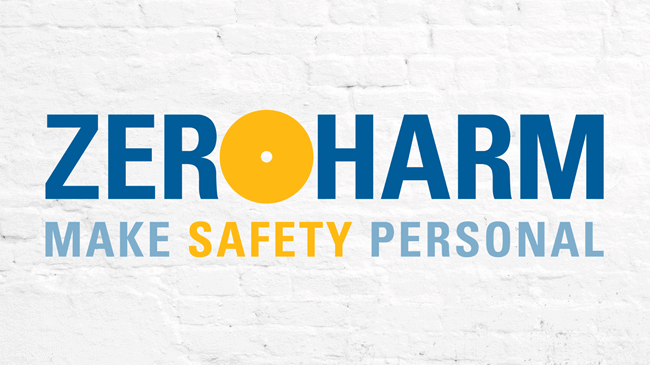Many households and offices install GIB boards. GIB stopping is also a part of the installation process of the plasterboards. This includes interior plaster, wall skimming, texture removal, and interior painting. GIB Stopping delivers a smoother and sharper finish on plasterboard ceilings and walls.
Total Paint promises you GIB Plasterboard stopping all over Auckland with their ten years of professional experience. Besides, this process is no less than an art that requires expert knowledge in the field. Here we shall explain the secret yet essential rules of GIB plasterboard stopping. This will clear all your doubts regarding hiring someone for GIB fixing or stopping at your place.
Four Basic GIB Fixer Laws that help Locate a Professional GIB Installer.
If you are searching for gib stopping in Auckland, these four simple laws will help you understand what you need to look for. You can also contact Total Paint to ask about our service techniques before making a final decision.
Law 1: GIB Installation should be in a way that light easily falls on plasterboard Joints
The fundamental law of GIB stopping is simple. You should not install the plasterboard in a way that light gets blocked. It should be a horizontal installation on the walls so the light falls evenly, even in darker places.
Law 2: Always use Less Butt and Cut Joins
Two non-tapering ends come together to produce a butt joint. Experts advise selecting the largest sheet size possible when ordering a specific GIB to fit each wall or ceiling. Doing this will reduce the likelihood of butt joints. Always ask the person you hire for gib stopping in Auckland whether he can avoid access cuts and butt joints.
Law 3: Do not use GIB joins in unreliable areas
If an area is defective, your GIB stopping can fall apart. So, if there is a too-old area at your place, remember to use something other than GIB fixers here. You can steer clear of unexpected trouble by hiring an experienced GIb Stopping expert in the city and prevent any such area on the floor.
Law 4: For Stairwells and Ceiling Joins, Use Black-Blocking Technique
The New Zealand GIB Plasterboard rules say the black blocking technique is always better for ceilings with three or more joins. Stairway walls and back-blocked ceilings may have up to two horizontal joints. The only reason behind it is that wood contracts and expands, which lessens the possibility of peaking.
Final Say: Installing GIB Plasterboards, aka GIB Stopping
When it comes to interior building construction, the proper plasterboard installation is essential. It improves the interior walls of a building. Additionally, it becomes easier to get a perfect finish on the wall with professional plasterboard installation. So, you should arrange an expert visit and plan the GIB Fixing at your home/workplace.
Therefore, this service is essential for a flawless finish to your walls and ceilings. Total Paint will guarantee a remarkable GIB Stopping finish that enhances various locations in your homes.

 Text or Call :
Text or Call : 












